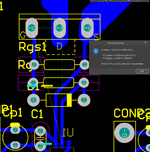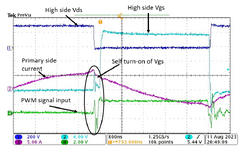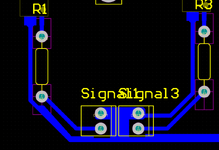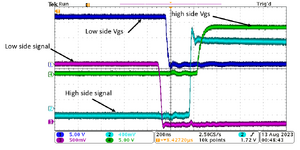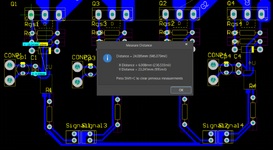kinghero89
Junior Member level 2

I am working on full-bridge CLLC, and the waveform I got is quite weird.
Is there anyone who has such kind of experience?

Is there anyone who has such kind of experience?

